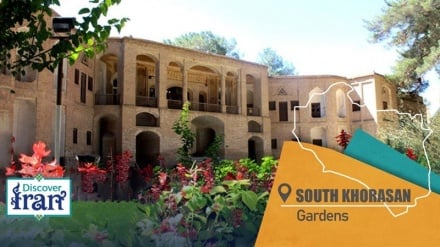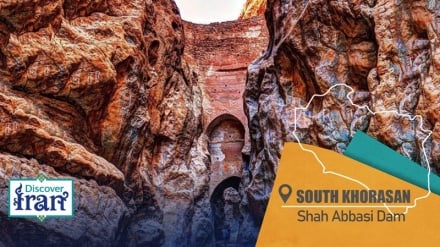Makhunik – South Khorasan’s “lilliput village” and its centuries-old mystery
-
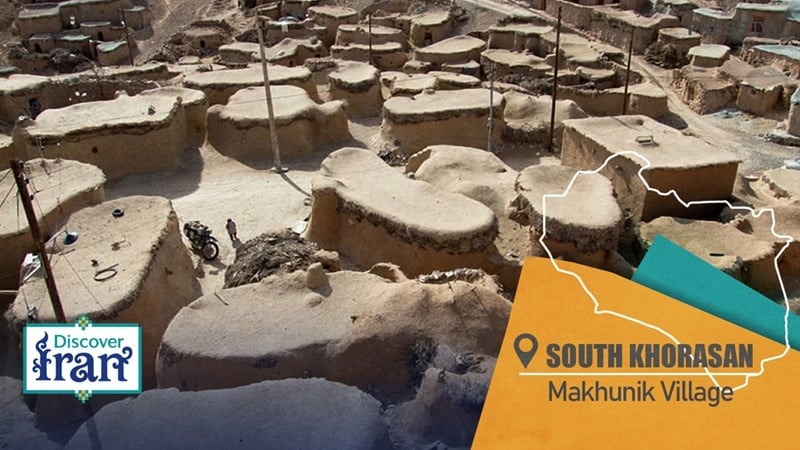
Makhunik – South Khorasan’s “lilliput village” and its centuries-old mystery
Pars Today - About 143 kilometres from the provincial capital Birjand, it is recognised as one of the seven amazing villages in the world, earning the nickname “the land of the Lilliputians.”
Until roughly a century ago, many of its residents stood barely a meter tall, inhabiting homes scaled to match their small stature.
The village’s unusual past and its tightly clustered adobe houses have captured the imagination of visitors and researchers alike.
The story of Makhunik appears to be a cross between myth and anthropology. While Jonathan Swift’s Gulliver’s Travels imagined a land of tiny people called Lilliput, Makhunik’s short-statured inhabitants were real.
The village’s architectural layout, low-ceilinged adobe homes, narrow doorways, and subterranean floors reflect the physical and environmental realities of life in one of Iran’s most remote corners.
Village lost in time
Local interpretations about the name “Makhunik” carry a sense of mystery. Some link it to the region’s cool climate, while others say it refers to a gap in the nearby mountains.
Another theory connects it to two ancient Pahlavi Persian words, Mah (moon) and Khunik (land or place), translating to “the land of the moon.”
The village, perched among sun-baked hills and surrounded by rocky terrain, appears as a cluster of mud-brick houses pressed tightly together along the slopes.
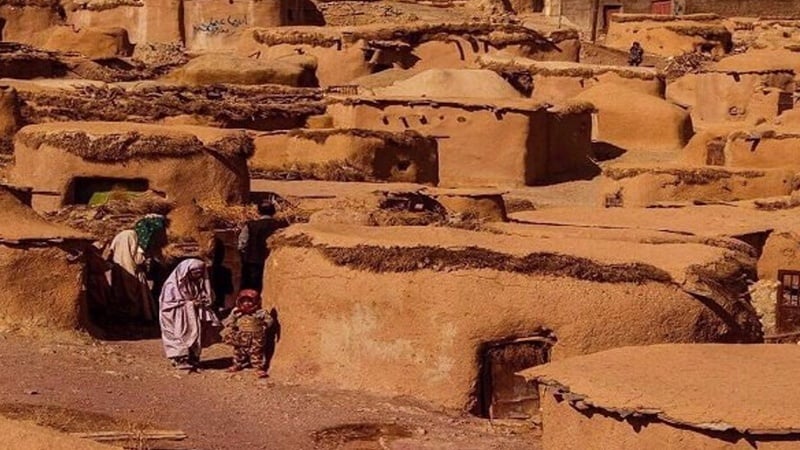
Makhunik’s homes were built half-buried in the earth to conserve warmth in winter and coolness in summer.
The entrance doors, barely a meter high, require visitors to stoop to enter. Inside, the floors lie one or two steps below ground level, and rooms are irregularly shaped to fit the contours of the hillside.
Archaeological findings suggest that Makhunik dates back to several centuries, though some local elders claim its roots stretch as far as the Safavid era.
Some historical accounts indicate that the Safavid kings played a role in developing the region as part of their eastern frontier defence and migration policies.
However, ancient petroglyphs found nearby hint at even older human settlements in the area.
Origins of dwarf stature
The origin of Makhunik’s people is tied to migration. Oral histories tell of an Afghan family that fled hardship some 400 years ago and settled in this isolated stretch of Iranian territory.
Over generations, they built a tightly knit community that remained largely secluded from the outside world.
Most marriages occurred within the same small circle of families, and this pattern of close kinship persisted for centuries.
The harsh, arid landscape made animal husbandry nearly impossible, and farming was limited to hardy crops such as turnips, barley, grains, and a date-like fruit called jujube.
The villagers were primarily vegetarian, centred on simple local dishes like kashk-beneh, made from whey and a mountain-grown pistachio, and pokhteek, a mixture of dried whey and turnip.
Scientists and anthropologists who studied the community have proposed several theories to explain the residents’ unusually short stature.
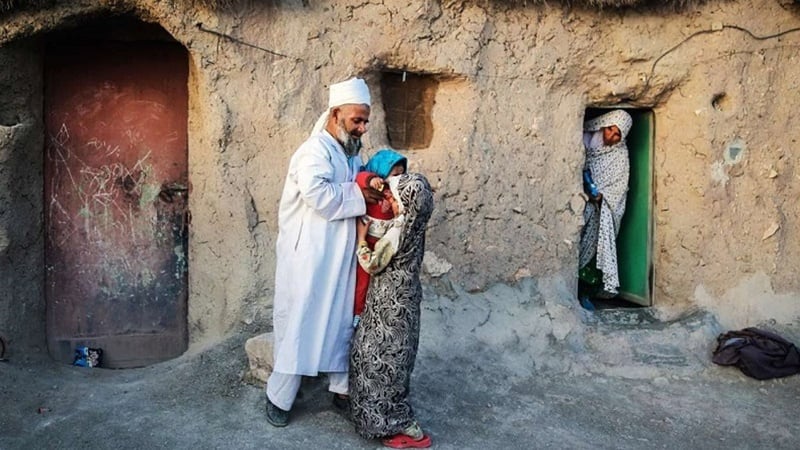
Some attribute it to hereditary factors, compounded by generations of intermarriage. Others point to environmental causes such as poor nutrition and mineral-deficient water supplies, including traces of mercury once found in local wells.
A combination of genetic isolation and nutritional deprivation, they suggest, may have kept the average height of villagers about half a meter below that of other people living in Iran and the neighbouring countries.
By the mid-20th century, after the construction of roads, better access to healthcare and nutrition began to alter that picture.
While most of Makhunik’s residents are now of average height, traces of their ancestors’ smaller stature remain.
Makhunik’s architecture and customs
Among the village’s approximately 200 stone and clay homes, 70 to 80 are unusually low, with ceilings ranging from 1.5 to 2 meters, and some as low as 1.4 meters, reflecting the scale of life in earlier generations.
The houses often blend into the colour of the surrounding hills, designed to withstand harsh winters and searing summers.
The earthy tones of the structures once served as camouflage against invaders or nomadic raiders crossing the Afghan border.
Many of the village’s 200 dwellings still preserve their traditional form, though new brick buildings have gradually appeared in recent years.
Despite modernisation, the original architecture continues to attract tourists who are drawn to the historic atmosphere of the village.
While walking through Makhunik’s narrow lanes, one can still see the compact homes, half-dug into slopes, connected by tiny doorways that evoke the memory of a bygone era.
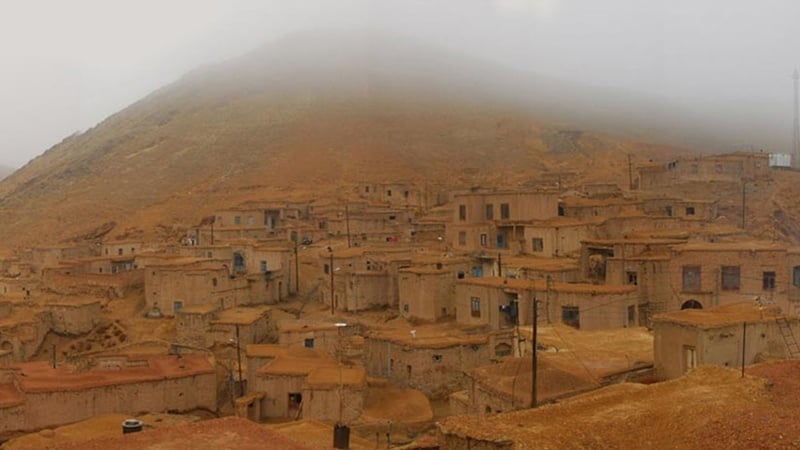
Even the cultural practices of the villagers have long intrigued visitors. For generations, Makhunik’s people adhered to a strict moral code that discouraged habits like smoking, hunting, or consuming meat.
Many elders viewed these activities as sinful or wasteful. Even drinking tea was once considered taboo, partly out of belief and partly due to limited trade connections that made such goods inaccessible.
Television sets were also resisted for decades, described by older generations as “a gateway for Satan” into the home.
These customs are changing with time, but they still reflect the community’s deep conservatism and its self-contained worldview.
In modern Iran, Makhunik stands between legend and reality. For tourists walking through its dusty lanes, the village offers a reflection on how communities survive, evolve, and reinterpret the story of civilizations.
